Scissor Gait
Table of Contents
What is Scissor Gait?
Scissor gait is a particular kind of aberrant gait that is characterized by the crossing of the legs while walking, much as how scissors cross each other. This posture is frequently brought on by spasticity or muscle weakness in the legs, especially the hip adductors and knee flexors.
This particular form of gait impairment is linked to upper motor neuron lesions or the spastic form of cerebral palsy it is also referred to as spastic diplegia, this kind of abnormal gait is characterized by stiff, cross-legged walking. People with cerebral palsy, strokes, or spinal cord injuries frequently experience it.
These are the following gait characteristics:
This walking style has a marionette-like quality. Hypertonia causes the legs, hips, and pelvis to flex to varying degrees, giving the appearance of crouching. Tight adductors cause extreme adduction, which is displayed by the knees and thighs hitting or even crossing in a scissors-like motion, while the opposing muscles, the abductors, weaken relatively from lack of use. Unless the plantar flexor muscles are freed via an orthopedic surgical operation, which is most frequently required of people with spastic cerebral palsy, the person is frequently forced to walk on tiptoe.
Regardless of how moderate or severe the spastic CP disease is, these characteristics are most frequently associated with the scissors gait and typically result in some way or another:
Progressive contractures of all spastic muscles complicate helping motions of the upper limbs during walking. Severe spasticity and excessive hip adduction of the affected leg. Plantar flexion of the ankle. Flexion at the knee (Hip Adduction and internal rotation)
Conditions related to a Scissor Gait
- Arthrogryposis
- cerebral palsy
- skeletal diplegia
- Chronic anemia
- stroke-related condition
- cervical spondylosis with myelopathy, a neck vertebral condition
- a liver problem
- a number of scleroses
- spinal-cord injury
- spinal cord abnormal growth
- Meningomyelitis with syphilis
- Other kinds of cerebral palsy include syringomyelia
Problems associated with Scissor Gait
Scissor gait can cause a variety of issues, such as:
1. tiredness: A scissor gait needs a lot of energy and can be physically taxing, which results in weariness.
2. Pain and discomfort: Constant leg crossing and friction can result in pain and discomfort, making daily tasks more difficult.
3. Fall risk: Walking with a scissor action makes it difficult to maintain balance, which raises the chance of tripping and falling.
4. Lessened mobility: The scissor gait limits the range of motion in the legs, making it difficult to climb stairs, walk over long distances, or take part in sports or other physical activities.
5. Social isolation: People with scissor gait may avoid social events and feel excluded from their peers as a result of the problems connected with walking.
6. Limited freedom: Scissor gait restrictions might limit an individual’s independence and force them to depend on others for help with everyday duties.
7 Decreased quantity and quality of life: Scissor gait can seriously impair a person’s quality of life by making it difficult for them to work, engage in social activities, and pursue their personal interests.
In order to reduce these issues and enhance outcomes, it is crucial to look for medical attention for scissor gait as soon as possible.
Causes of Scissor Gait
Legs crossing over one another when walking is a feature of scissor gait, sometimes referred to as spastic gait or stiff-legged gait. People with cerebral palsy, multiple sclerosis, and other neurological illnesses frequently exhibit this kind of stride. Scissor gait’s primary reasons include:
- Scissor gait is frequently accompanied by increased muscular tone, also known as spasticity, which makes the muscles tighten and stiffen.
- Muscle slackness: Scissor gait can also be caused by weak hip, knee, or ankle muscles.
- Scissor gait can be brought on by nerve injury, notably in the brain or spinal cord.
- Scissor gait can also be brought on by structural issues with the bones, muscles, or joints.
Uncontrolled Scissor Gait poses potential dangers such as:
restricted growth or birth defects as a result of unequal muscular pull
Poor balancing skills increase the danger of falling, and frequent rubbing between the knees increases the risk of pressure sores. Tight joints limit the range of motion.
discomfort brought on by persistent muscular tension and joint stress
loss of the capacity to walk
Physiotherapy Treatment
Children could keep walking with a scissoring gait since that is how they have always walked, even after their spasticity has been greatly reduced. Although Antispasticity Drugs, surgeries, nerve blockers, and muscle relaxants can reduce spasticity, they cannot teach your child how to walk correctly.
Walking without a scissoring gait will be uncomfortable for your youngster if they have only ever done so. Children will require physical therapy and the development of new walking habits in order to enhance their form.
A physical therapist will evaluate your child’s mobility and develop a special training regimen for them to work on their gait. The more people walk with proper form, the more their neural circuits may become stronger and the movement pattern may feel more natural.
Scissor gait can be effectively treated with physical therapy, which commonly consists of stretching, strengthening, and gait-training activities. The specific exercises recommended will vary depending on the needs and skills of the individual.
Interventions for Treating Scissoring Gait
Early intervention is crucial for preventing the development of a scissor gait in cerebral palsy children.
There are two steps to fixing a scissoring gait. So that the muscles can freely contract and relax, spasticity must first be reduced. The child must also regularly work on improving their walking form.
In the section below, we’ll go through a number of techniques that can lessen a cerebral palsy child’s scissor gait. Some interventions may work better than others for your child’s spasticity, depending on how severe it is. Determine the most efficient and advantageous course of treatment by speaking with your child’s pediatrician or physical therapist.
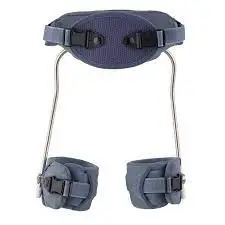
Orthotic
Braces and splints, as well as other orthotic devices, can support healthy posture and musculoskeletal alignment.
Children are developing, and uncontrolled spasticity might result in unequal growth. An orthosis can help prevent spastic muscles from developing as a result of progressive tightness.
In addition, orthotic tools like SWASH (Sitting Walking And Standing Hip) orthoses or de-rotation straps can aid in maintaining parallel limbs and preventing crossing.
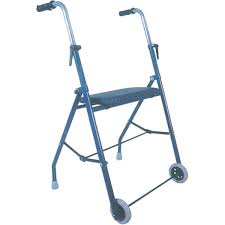
Walkers
Many people who have leg spasticity find it difficult to maintain their balance and may require the assistance of a walker to move around.
People who use walkers can practice supporting their weight on their legs, which may improve circulation and strengthen their bones and muscles.
Some walkers have features like belts or cushions that could keep the legs apart to prevent them from scissoring.
The main goals of physiotherapy for scissor gait are to increase muscle strength, flexibility, balance, and coordination. Common physiotherapy treatment for treating scissor gait is as follows:
Stretching exercises:

A scissor gait can be caused by tight hip, leg, and foot muscles. Stretching exercises may be suggested by physiotherapists to improve flexibility and lessen muscle tension.
The patient should be instructed to lie on his or her back.
Encourage the youngster to sit in the corner of the room; this will lessen muscle stiffness and help the child to sit correctly.
Correct relaxation posture
Active range-of-motion exercises for the entire joint Light stretching to improve ROM
Exercises to build strength:
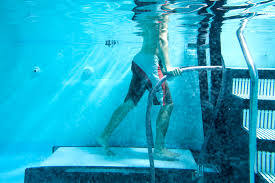
Leg and hip weakness might also result in a scissor gait. To increase muscle strength and enhance gait patterns, physiotherapists may advise strength training exercises.
electrical stimulation
strengthening exercises using resistance for weak muscle groups
Improved stride length results from knee extensor muscle strengthening.
Hydrotherapy treatment
Training for balance and coordination:
Walking with a scissor gait can damage balance and coordination. Exercises like standing on one leg, walking on a balance beam, or conducting exercises on uneven surfaces are all examples of balance and coordination exercises that physiotherapists could use.
Gait training
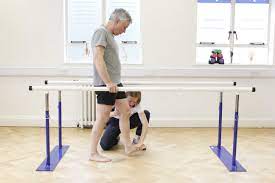
Exercises for improving gait can be used by physiotherapists to teach people with scissor gait how to walk with a more normal gait pattern. This may entail exercising to improve posture and gait mechanics, utilizing assistance equipment like crutches or braces, or practicing precise foot placement.
Improve the heel-to-toe gait pattern by starting the patient off on an even surface and working their way up to an uneven one.
BOS should be raised while walking, moving from wide to narrow BOS.
While keeping the legs slightly apart, it should be observed.
Summary
In summary, scissor gait can be a difficult condition to deal with, but the quality of life for people who have it can be improved with the correct gait training, physiotherapy treatment, exercise, and approach to treatment.
FAQ
Children with spastic diplegia, another name for diplegic cerebral palsy, may exhibit a variety of symptoms and characteristics, with the following being the most prevalent: The legs crossing at the knees and draw inward as a result of the tense hip and leg muscles, giving the body a “scissoring” appearance. on one’s toes.
Scissor gait is a type of aberrant gait that is most frequently related to spastic cerebral palsy. An upper motor neuron lesion is related to that disorder and others like it.



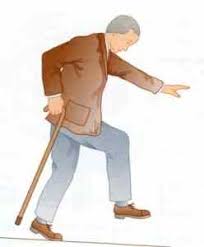
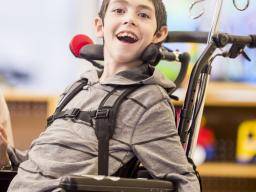


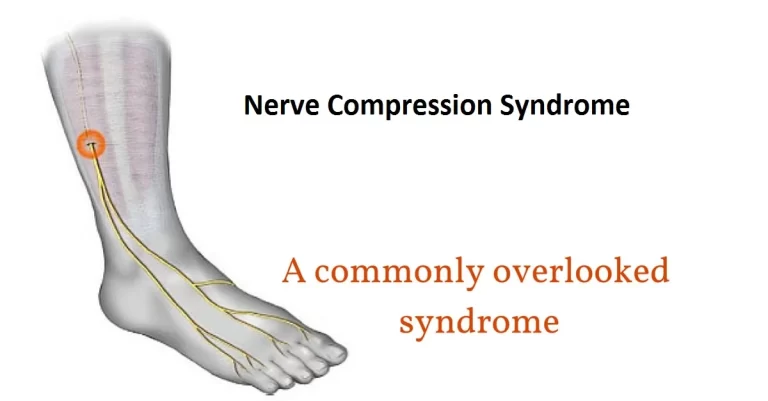
2 Comments